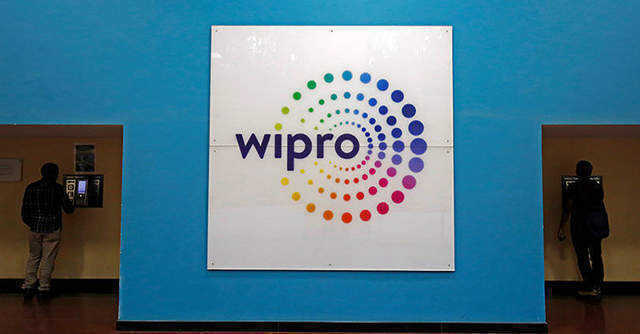
Wipro battling to build stable leadership team amid declining profitability


At Wipro Ltd, Thierry Delaporte now is battling to build a stable leadership team amid concerns of sputtering growth and declining profitability, leading many to question if an industry-leading growth last year was just another flash in the pan.
At least four senior executives overseeing business in four countries have left the company in the last month even as the company is considering appointing a former Capgemini executive, Amit Choudhary, as the new Chief Operations Officer, according to two executives familiar with the development.
It is not clear what role will be given to the incumbent Chief Operations Officer, Sanjeev Singh, who took on the current role in January last year.

Douglas Silva, who was entrusted in January last year to oversee business in Brazil, and Tomoaki Takeuchi, who joined as head of business for Japan in February last year, left the firm last week. Sarah Adam-Gedge, who took over as the managing director of Australia and New Zealand in April last year, also has moved out. Wipro’s head of business for the Middle East region, Mohammed Areff, who joined in September last year, has also left the firm.
Mint independently could not ascertain the reason behind these executive departures.
“Sarah Adam–Gedge, Managing Director, Australia and New Zealand, Douglas Silva, Country Head for Brazil, Tomoaki Takeuchi, Country Head & Managing Director for Japan and Mohammed Areff, Country Head and Managing Director, Middle East have decided to pursue opportunities outside the organization,” said a spokesperson for Wipro.

“Under the leadership of CEO and MD, Thierry Delaporte, Wipro had undertaken an organization realignment to address changing business requirements and help build an innovative company that is externally focused and client-centric,” said a spokesperson.
On the question of the appointment of a new COO, Wipro said that it does not comment on speculation. “Any organization level change will be communicated by the company”
These four senior executive departures come at the back of a company-wide restructuring under which at least a third of the 750 executives at the rank of General Manager and above have been asked to leave in the last two years, according to the first executive.

Delaporte, who took over as the chief executive in July 2020, wanted to “shake up the organization” and so brought in people from outside the company to put Wipro back on the growth pedestal.
It started well.
Wipro reported a 27.3% growth to end with $10.35 billion in revenue in the year ended March 2022. About $850 million in revenue came from the four acquisitions, implying Wipro’s organic growth was 17%, according to an analysis by Mint.

But much of this growth came at the expense of profitability: Wipro’s operating margin has tanked from 19.2% at the end of July 2020 to 15% at the end of July this year.
This 420 basis points decline in profitability is the steepest decline over a two-year period across any homegrown technology services company in the last two decades.
Wipro argues that much of this decline in profitability is on account of the acquisitions, for which the company spent $1.8 billion.

A churn in senior leadership also impacts Wipro’s ability to consolidate business from these acquisitions.
Ampion was one of the acquisitions made by Wipro in April last year when the company spent $117 million to buy the Australian cyber security firm. The departure of Adam-Gedge could impact Wipro’s ability to successfully integrate the company.
Still, many believe that more executive departures - many ascribe it to the CEO’s hard-charing and ruthless style of running business managing - could possibly portend trouble for the company.

Wipro does not give full-year revenue growth guidance but the management has said it expects to grow in “double digits” in the current year. Still, at least half a dozen executives acknowledge the company’s organic growth will be less than the 17% it managed last year.
“Many executives who had been with the company for years were asked to go because the new leadership did not see a role for them. That is okay. Every new CEO wants to have his set of people to execute the strategy. Two years later and the question is if the company is in better shape under the new leadership?” asked a second executive. “I really don’t think so and my fear is if the company is headed the Cognizant way”
To be sure, comparing Wipro to Cognizant Technology Solutions Corp. may not be entirely correct as things have not deteriorated at the Bengaluru-based IT services company.
Teaneck, New Jersey-based Cognizant appointed Brian Humphries as the chief executive in February 2019 and since then the firm’s growth has underperformed and lagged behind its peers. Under Humphries’s watch, 17 of the 18 senior executives mentioned in the company’s annual report for the year 2019 have left the company. Worse, five straight quarters of more than 30% quarterly annualized attrition has made many to question if the company can recover under the current CEO, prompting Wedbush Securities, a Los Angeles-based investment firm to put out a note in July, asking the Cognizant Board to possibly consider the incumbent boss.
